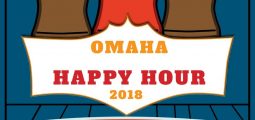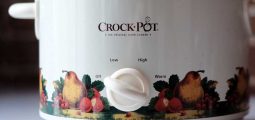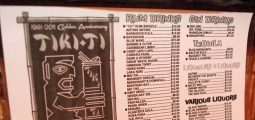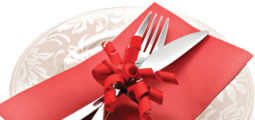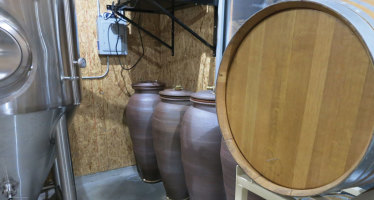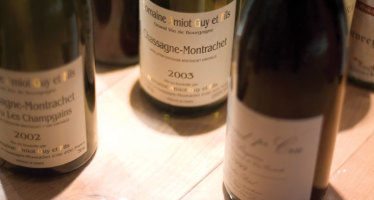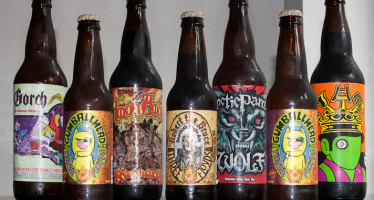When did Wine Get Cool
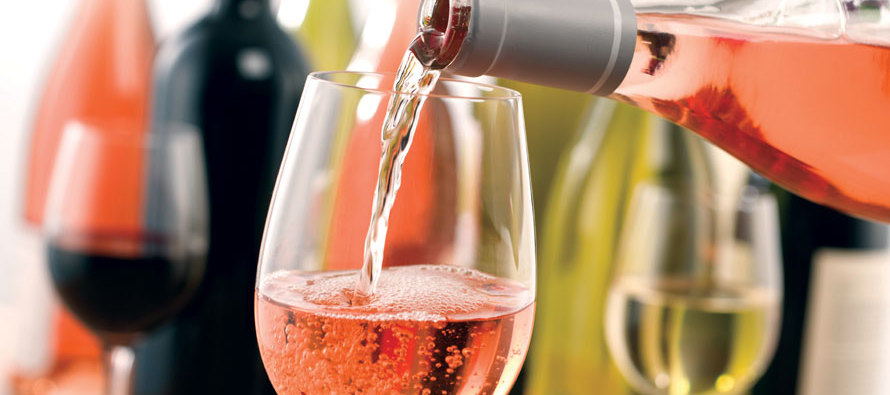
Recently I attended my college fraternity anniversary/reunion weekend along with hundreds of other fellow alumni. Interspersed between the as expected raucous times and occasional flights in the wayback machine was an exceptional dinner, complete with a slide show down memory lane, guest speakers, and loads of jovial conversation. At the dinner a rather insignificant item, for some reason, caught my attention.
Present for each attendee to take home as a memento of the evening was a lovely, decorative wine bottle stopper, embossed with Greek fraternity letters. In my college days such an item was known as a “party favor”. Similar in spirit to a token that a groomsman or bridesmaid might receive for being in a wedding party, such a gift was always something simple, safe, and of common appeal. Sometimes a picture frame, a pen and pencil set, or a logo-etched beer mug were the chosen items. Other times it was a simple gift card. So, I thought to myself, just when and how did a wine stopper become a safe gift item of common appeal?
There was a time some years ago when wine was considered a specialty item. It was not hip. It was not popular. The masses had not embraced it, nor did they especially want to. Culturally, the grand old U.S.A. preferred just about anything but wine as their beverage of choice. As a wine distributor, my father would tell me of the times pedaling his wares back when the public was not very interested in what he was selling. For those employed in the wine industry, wagering on a cultural change was risky business. But the winds of change were in the air long before ‘merlot’ became a buzzword in the ‘80’s. These days, wine seems to be everywhere and places such as wine splash give consumers the chance to pick between some of the worlds’s most highly sought-after wines.
America has always prided itself on being cutting-edge, advanced, and ahead of the curve when it comes to culture, technology, lifestyle and business acumen. Such pride is usually justified. But while much of the developed world preferred wine as their alcoholic beverage of choice, the spigot was somehow slow to turn here in the homeland. We found wine confusing. It came with rules. And words we couldn’t pronounce. The bottles were hard to open. You had to have a special glass with a ‘stem’ on it. We were supposed to learn to swirl without spilling, sip without glugging. And sometimes we were even expected to – God forbid –spit. Yuck. We could not have made the world of wine any less appealing.
Meanwhile, our western European friends had embraced wine as commonly as we do milk. Drink it when you want it. Drink it how you want to. If you’ve got a nice glass, that’s great. And if not, who cares. Sure there were rules, but those were largely for the pinky-raisers and black tie crowd. The masses weren’t too concerned about impressing anyone with their milk etiquette. Why bother? For some reason, we Americans got it backwards. We considered wine to be of nobility and class, and if we could adhere to the near Victorian regulations that we ever so passionately promoted then we too would be noble and cultured. But nobody likes rules. And snobbery will get you nowhere. So we drank beer instead.
Wine became popular not because of its perceived sophistication and class, but rather in spite of it. It took many years – a couple of decades in fact – of pop beverage wines, fizzy sweet sparklers, white zinfandel “Kool Aid” wines, and boatloads of wine coolers to acclimate the public to wine as a user-friendly and common beverage. From a strictly qualitative standpoint, the bait that hooked the American masses was the lowest on the food chain. Most of it was just plain nasty. It was only when we dummied it down that the public bellied up and began to feel comfortable. Slowly but surely, after a generation of insipid cavity inducing wines flooded the market, we began to discover real wine – the kind that actually enhances a meal, with flavors and nuances unlike any other beverage. Now we get it. Now we love it. Now it is a commonly consumed product, appealing to the masses.
Many wineries may lay claim to turning the tide of the American wine industry. But in truth, there was no “big bang” that single-handedly changed the culture. The ship turned very slowly. Many different brands over the course of many years are to credit. However, a common thread does weave through all of these brands. They all made the world of wine more user-friendly and less stuffy. The very qualities of upper crust sophistication that the industry had promoted so fervently had proven to be the very barriers that needed to be overcome. Now, isn’t that ironic.
For those passionate about wine it is quite encouraging to see a younger generation embracing all of its magical qualities. The majority now seem to skip over the bubble gum phase that an older generation chose to first endure. They like a good glass of wine. Their fear of a penalty flag being thrown for violation of wine rules is far less inhibiting than it ever was for their predecessors. Content to learn as they go, today’s young wine drinker is typically not lingering long on the bottom rung of quality.
I greatly appreciate quality stemware and a beautifully matched wine with a meal. Even wine ratings have their place in assisting consumers as they navigate through the plethora of wines out there. But rules and standards should enhance the wine experience – not define it. When a wine absolutely cannot be served without the proper glass, then something is wrong. If a wine cannot be enjoyed or purchased without a wine rating to testify to and define for us what we should like, then we have gone too far. Only when we softened the rules did wine become popular. That’s when wine got cool.

John Finocchiaro
John Finocchiaro is a former co-owner of Johnson Brothers Finocchiaro, LLC, a Nebraska wholesale wine, spirits, and beer distributor. Formerly the owner of Finocchiaro Wine Co., Inc., John has been in the wine distribution business for the past 25 years and the Finocchiaro family's association with the Nebraska wine industry has been continuous for the past 73 years, since 1935. John was a Certified Public Accountant before entering the family business and is a Certified Specialist of Wine.
Related Articles
I Amphoreal
Throughout brewing history there have been many advancements in the beer-making process. The idea of making a beer in homage
Understanding Burgundy: A Wine Primer
My desire to have a career in wine began over ten years ago. I impulsively headed to Napa Valley to
Beer Chat: Magical moments with beer
There are many correlations between the creation of visual art and craft beer. The artist starts with a blank canvas
No comments
Write a commentOnly registered users can comment.





